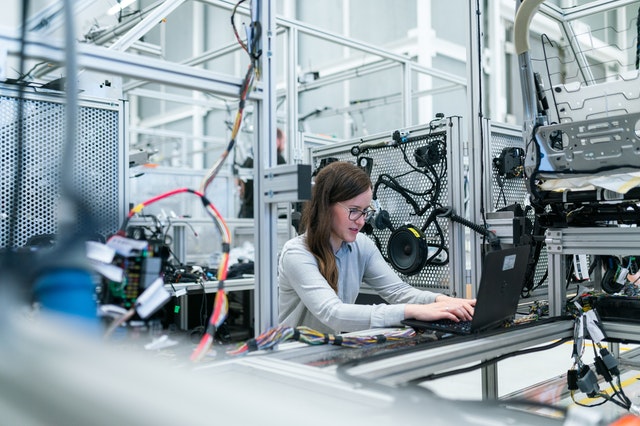Benefits of Nano Technology in Various Industries
The growth of the advanced structural and functional materials industry, whether for applications of Functionally graded materials, nanophase materials, or other new materials must provide end users with economic value and quality that justify commercial costs.
Nanomaterials have the potential for a wide range of technological applications given their superior physical, chemical, mechanical, tribological, and functional properties. Bulk nanoceramics and nanoceramic composites are promising candidate materials for a wide range of structural applications, including heat engine components, ceramic parts for automotive engines, wear-resistant parts, cutting tools, aerospace applications, ultrafine filters, and fiber optic connector components, and biomedical applications, etc.
However, processing-related challenges limit the commercial application of nanoceramics. For example, grain growth control during sintering remains a major challenge, when using conventional sintering techniques. To overcome the existing problems, a low-cost production system is also desirable. Since two and a half decades ago, the Spark Plasma Sintering method has been of great interest to the powder and powder metallurgical industry as well as material researchers from academia for both product manufacturing and advanced materials research and development.
The Spark Plasma Sintering feature to provide fast sintering is one of the outstanding advantages of the Spark Plasma Sintering technique with microstructure-controlled sintering.
Therefore, the use of advanced splash plasma sintering techniques, as well as the selection of effective secondary sintering/strengthening additives, are required to develop bulk nanoceramics with enhanced properties. Many do not realize that the automotive industry is an industry that relies heavily on details and also requires a long process to get the highest quality results consistently or continuously. This is the reason why spark plasma sintering technology is widely used in the automotive industry.
The increasing adoption of innovative metals, ceramics, and composite materials in industrial and consumer products is expected to grow during the forecast period, due to their increased availability and reduced production costs. Another major factor in achieving this growth is the need for high volumes of material production at low prices.
Spark Plasma Sintering has emerged as the preferred choice for the production of high-strength ultrafine crystalline materials; dispersion-reinforced materials, sputter targets, thermoelectrics, or metal-diamond (or generally metal-carbon) composite materials. In addition, this process allows adjustment of the temperature gradient within the sintering body during solidification. This allows the production of gradient and layered materials with very different properties (eg, ZrO2/stainless steel, Al2O3/titanium).
The Spark Plasma Sintering process offers increased grain shear, deformation, and micro-level grain size control, which distinguishes the technology from other advanced sintering processes, driving demand for products manufactured with Spark Plasma Sintering technology. However, the complexity associated with the narrow temperature range during the reaction for processing different materials, which can lead to inefficient production of materials.
Extrusion is a process that is widely used in the manufacturing process. Where the application is very broad, as found in structural applications, car components, to the process of forming very small components. Extrusion is a manufacturing process with an emphasis on the material until plastic deformation occurs so that components are formed according to the shape that has been designed.
In its development, the extrusion process has made it easier for the manufacturing industry to manufacture industrial products. Almost all manufacturing industries have used extrusion dies technology that replaces the skills of human hands. The use of extrusion dies will have an impact on-time efficiency, because the presence of a die makes it possible to produce in large quantities.
https: //nanoker.com/extrusion-dies/

